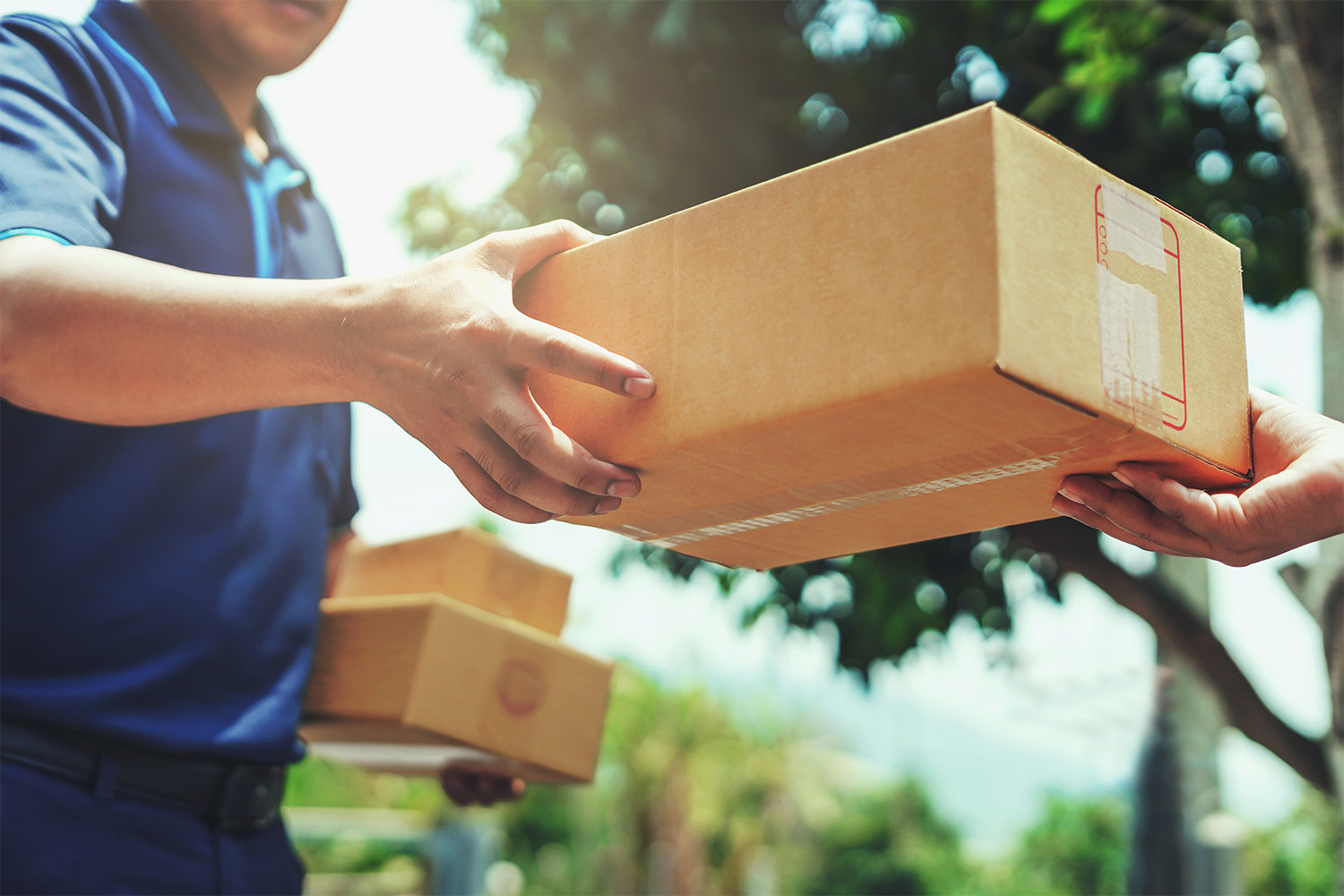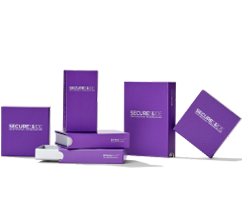
Bagged Packaged Goods: How To Ship Them The Right Way
Your package is a significant part of your business. A neatly-packed product delivered without flaws or damage speaks volumes about brand credibility.
You also need the right size to ensure your product is protected until it reaches the customer. However, it is also essential to consider the shipment distance. For example, if the pouches take longer to get to the customer, the risk of theft or damage increases.
So, how do you ensure your packaging bags make it to your customer in good shape? What labels should you use? How do you choose a suitable courier for your business? Read our tips to help you ship your bagged packaged goods the right way.
What Are Bagged Packaged Goods?
Goods packaged in pouches made from different types of packaging like cloth, plastic, or paper fall under the umbrella of bagged, packaged goods.
Unlike traditional packaging options, like cans and jars, bags are convenient for food storage since they take minimal space and are lightweight. Bagged packaged goods are excellent at displaying your merchandise and attracting customers when you have attractive package designs.
These pouches can store almost any type of food like meat, dry goods, dairy products, and produce. Bags are gaining popularity because of the convenience and accessibility for businesses and their customers.
Why Do You Need To Bag Packaged Goods?
Better Protection
Most bags have a built-in closure system that protects your products from pests while keeping them fresh longer. This bag style helps drive away moisture that could contaminate or damage perishable products.
Perceived Value
Use attractive and high-end packaging to increase the perceived value of your products.
For instance, adding your logo to each package can help promote your business. It can also prompt customers to view your business positively when combined with an overall attractive design. Using high-quality material can also help increase your products’ “wow” factor.
Additionally, consumers and businesses expect no-brainer child-resistant packaging. Sensitive or adult products combine an appealing yet practical style with a child-resistant design.
Easy Handling
Bagged packaged goods are easier to move and transport. They take up minimal space and, given their lightweight nature, are easy to use for everything from lunch at work to road trip snacks.
What Are the Benefits of Bagged Packaged Goods?
These bags provide a convenient way to store food items at home. The different sizes make it simple for anyone to find the right fit for their product. Bonuses like easy handling, affordability, and retail appeal make them a strong choice for many industries.
Enhanced Package Integrity
The quality of your package during delivery affects the overall customer experience. Bagged packaged goods maintain the integrity of your packaging and products. Your items are protected from damage and are kept secure.
Brand Promotion
The first thing your buyer sees is your package. A quality branding design gives it excellent promotional value since you can use your attractive packaging to promote your business and products. Start by making sure your bags and packaging stand out from the rest.
Invest in the right size for your bag packaging products. This tells your customers that your goal is to improve their experience by preserving the products they purchase from your company. You get bonus points if you offer biodegradable and child-resistant packaging options.
Reuse
Offering resealable bags provides customers with added value. These bags help customers believe that they receive greater purchase power with less waste.
Affordability
Packaging bags are cost-efficient as they offer a simple way to save you money — without compromising quality. Of course, the protection provided by these bags helps keep contents free from moisture and pests. As a result, you’ll have fewer damaged goods to manage.
How Do You Safely Ship Bagged Packaged Goods?
Customer expectations continually change. Safe shipping is critical for the industry. So, how do you safely ship your plastic bags and pouches and minimize the risk of damaged goods?
Small Bagged Packaged Goods
Determine the total weight and shipping dimensions of your package by measuring your parcel’s length, weight, and height. Then, multiply the three dimensions. Check the dimensional cubic divisor given by your shipping courier.
Divide your multiplication figure by this cubic divisor to get the dimensional weight of your package. This is the space your package takes in the delivery truck or carrier.
Next, determine your shipping charges based on the courier you choose and whether they use dead weight or dimensional weight to determine the shipping costs. The package destination also adds to the total estimate.
Freight for international shipping is often more expensive than domestic shipping. Other options, such as same-day delivery, can increase your costs.
Check whether the courier has freezing options for food products and other perishable or sensitive items in your product list. Does the courier have protection against freezer burn? What are their refrigeration options? Is there an express option?
Check courier recommendations for insulation materials based on your product type. Once you settle on a courier, maintain frequent contact to confirm the shipment charges, the pickup location and schedule, and the customer’s location.
Ensure your bagged packaged goods are appropriately labeled with the correct product classification, identification, and markings. It is also important to notify the courier ahead of time.
Medium Bagged Packaged Goods
Shipping medium bagged goods are similar to shipping small packaged bagged goods. The only difference might be the choice of courier. A bicycle can easily carry small pouches and save time, but moving medium-sized pouches through multiple stops might be more challenging.
Large Bagged Packaged Goods
Shipping large bagged packaged goods may have additional requirements for oversized goods, like not reusing a corrugated box to ensure your bags hold the weight of goods. Some couriers also require you to include the weight of the package on your packaging label. However, this move could increase your shipping costs. See the weight ranges for oversized or overweight items.
Custom-Sized Packaged Goods
Shipping custom-packed goods can be challenging. In most cases, the DIM weight is not as structured. You might have to stuff your bag and packaging with other items to ensure a snug fit with minimal movement. It could, however, increase your shipping charges.
You can also opt for a custom-built option like Secure Sack, the first lab-certified child-resistant bag offering customizable features for your worldwide shipping needs at a low cost.
The Bottom Line
Shipping your bagged packaged goods starts with choosing the right bag for the product at hand. Use materials that preserve the integrity of your business, products, and the environment.
When shipping your products, choose a reliable carrier. Check out shipping service options, especially if your goods need to be in a freezer. Consider bags that offer customizable options, like Secure Slack, to protect your goods and shipping charges.
At Dymapak, your options are endless. Bags are produced based on the size of your goods, the package design you need for branding, and the sensitivity or toxicity of the goods.
Reach out to Dymapak for more information.
Sources:
Building value with packaging: Development and validation of a measurement scale | ScienceDirect


